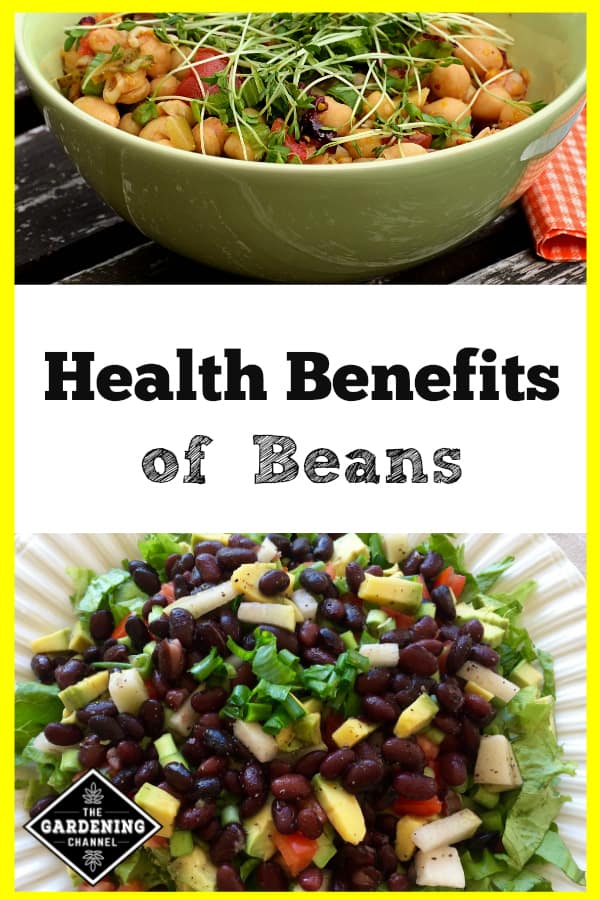Beans are a great source of protein and fiber. Since they are a nonanimal food source, they are low in cholesterol. For that reason, more and more people are incorporating beans in their diets.
Growing Beans
Beans are a warm weather vegetable and grow best in fertile soil under full sunlight. Some beans, like snap beans, are picked when they are immature. Other beans are picked when their seeds (the bean) is mature and drier, such as kidney beans or other black beans.
If your soil is naturally sandy, you may need to supplement with fertilizer with decent nitrogen levels, especially after a hard rain. Just make sure you do not spill any directly on the leaves. In planting beans, wait until you are sure the last frost of the year has occurred. Beans should be planted in soil no less than 50 degrees Fahrenheit.
Lima, yardlong and cowpea beans should be planted about 1/2 inch deep, all others should be planted about 1-1 1/2 inches deep depending on the density of your soil. Plant about 2-4 inches apart in rows placed two feet apart. You will need to purchase 6 foot stakes once the vines begin to grow. Or, if you wish, you can string wire between poles and tie coarse rope to dangle over the plants. That way you can train the vine to curl around it. Planting against a tall fence is also a good idea for climbing beans.
Health Benefits of Beans
Beans are loaded with soluble fiber which can trap the bile that contains the triglycerides and LDL cholesterol and send it through the body to be expelled instead of absorbed. The fiber also fills you up. Not only that, but the fiber as well as the proteins help regulate blood sugars and insulin production.
Beans are rich in nutrients as well, especially potassium and folate. They are also low in fat. There are a great variety of beans from lima to black to pinto to white and garbanzo. Each has unique nutritional benefits. Here is a list to show examples of health benefits based on bean variety:
- Black beans are rich in antioxidants called anthocyanins, which may help prevent certain heart diseases.
- Garbanzo or chickpeas in a recent controlled study lowered the LDL cholesterol by 5% if eaten on a regular basis.
- Pinto beans are so high in fiber and protein, they help regulate blood sugars in type 2 Diabetics.
- Kidney beans contain high levels of B1 or thiamine which helps with memory.
- Lentils are also beans that are high in protein and fiber, as are black-eyed peas, which are really beans. Both are a favorite of dieters.
- Soybeans contain phytoestrogens and are especially great for women to help relieve menopausal symptoms.
Studies are continuing to be conducted on the isoflavones found in beans. There is some indication that it prevents levels of hormones from being produced too highly, which can lead to cancerous cell growth. Isoflavones may encourage normal cell growth. Studies are showing women in cultures who have beans as a diet staple have half the likelihood of developing breast cancer than women of other cultures.
Bean Cautions and Concerns
It should be noted that all legumes or beans must be paired with a small amount (1/4−1/2 cup) of whole grains in a meal to make a complete protein of amino acids. That is why corn and rice are often found in bean recipes.
We all remember the kindergarten rhyme about beans. It is the soluble fiber that may produce digestive gasses. But regular consumers of beans have less of a problem because their colons are less sluggish.
Want the learn more about the health benefits of beans?
Check out these helpful resources from university extension centers and the CDC:
Health Benefits of Beans from US Dry Bean Council
Growing Beans in the Home Vegetable Garden from Purdue University Cooperative Extension Service
Growing Beans from University of Illinois Extension


We love beans and grow in our garden, but have a problem selecting stringless green beans.